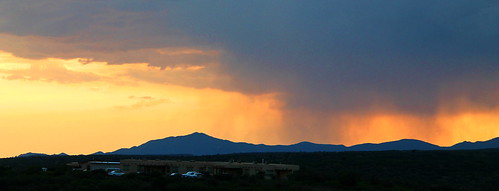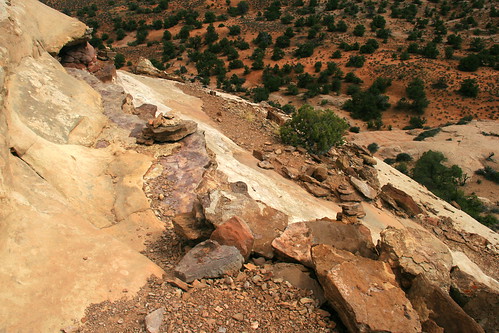National Parks of Colorado:
Things to Know Before You Go
Credit hours. Students normally take PS 224 for three credit hours. You can add PS 490 for an additional three credit hours in order to qualify for financial aid in the Summer I term, which requires six credit hours.
Costs. There are conventional and unconventional costs associated with this course:
1. Tuition. This varies with your year, whether you are in-state, out-of-state, international, non-degree, or a graduate student. The typical in-state cost of three credit hours is $1200 – $1300.
2. Fees. This course qualifies for off-campus fees, which are considerably lower, as long as you don’t take any on-campus courses in the same term. You are required to have health insurance, which can be the largest fee if you don’t have it from your parents.
3. Program fee. This covers transportation, lodging (camping), and most meals. For Colorado-Utah 2017, the fee is $800.
4. Spending money. We will have some free time in towns when students like to purchase a meal, though you are welcome to rummage through course supplies instead. Discretionary costs depend on your taste in meals, souvenirs, and other optional items. Students in the Yellowstone course spend $50-$200, and I expect students in the Colorado course to spend a similar amount.
Camping. To save money, we will stay in tents in campgrounds, except for one night in cabins. We will also cook most meals in camp. Some campgrounds have hot water, showers, and laundry. Some do not. Except for one site (Echo Park), they all have running water. We’ll stay in cabins in Grand Lake, where the night may be quite cold.
You’ll need a sleeping bag and a ground pad, and you’ll want to bring enough layers to wear on a cold night. You can rent the bag and pad from ARC.
Weather. Visiting Colorado in May avoids the deadly heat of July and August. Still, keep in mind that we’ll be at high elevation in late spring, so both heat and cold are possible. For most of our locations, average high temperatures are in the low 70s this time of year, with overnight lows in the 40s. We’ll probably have some nights in the 30s, and Grand Lake could get below freezing overnight. In other words, you’ll need warm clothes for sleeping. We may see highs in the 80s in Moab, so we’ll need hats and sunscreen as well as gloves and mittens.
Most of our destinations get an inch or two of rain in May, so we’ll see some rainstorms. As we drive across the Great Plains, thunderstorms and even severe weather are possible. Snow is possible in mountain passes, and there’s a chance we’ll have to change plans in Rocky Mountain National Park if heavy snow pack keeps Trail Ridge Road closed longer than usual. Our drive across Trail Ridge (over 12,000) should be very cold. Bring winter clothes for our brief foray there, and for staying warm in camp should other places be cold.
Physical challenges in nature. While most of our hikes will be relatively short (1-3 miles), some involve brief stretches on or near the edge of cliffs. Often you’ll be able to keep a good distance from the edge, but some trails are about the width of a sidewalk. Participants with a fear of heights will be able to wait nearby until we return.
We will climb the ladder in the adjacent photo on a guided tour in Mesa Verde National Park. It’s safe, and you’ll be happier if you look up instead of down.
Some may trails require the use of hands (scrambling) to reach the destination.Weather permitting, we will summit one or two small mountains. Lily Mountain, shown at right, is one of them. It’s easy to stay back from the edge. That’s a good thing.
Some destinations lack official trails and may require some route finding. Pahre has been to all of these and knows the way. Examples include Aztec Butte, shown at right, Devils Garden in Arches, possibly Mitten Park in Dinosaur.
Return to the main overview page here.
Go back to the itinerary page here.






